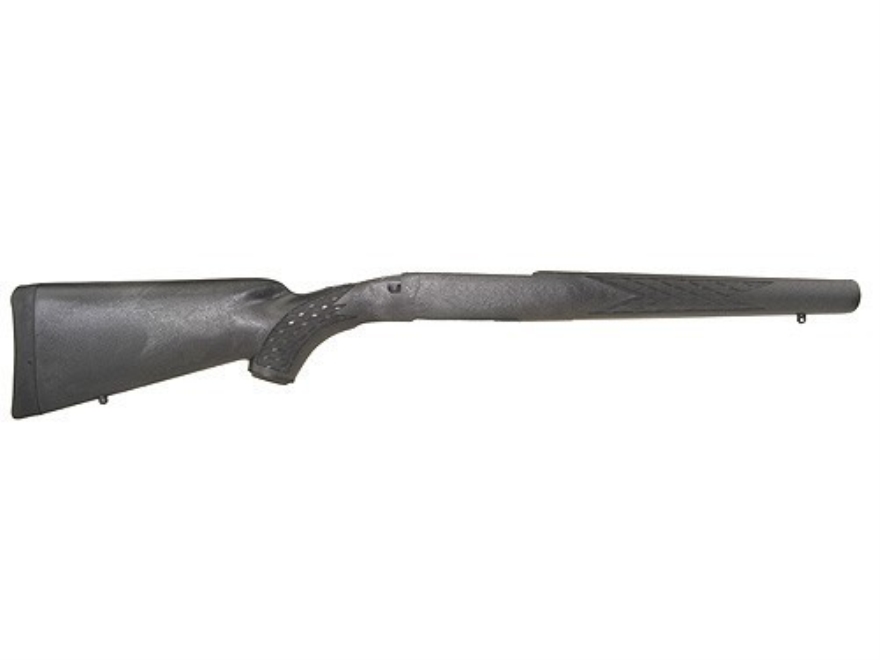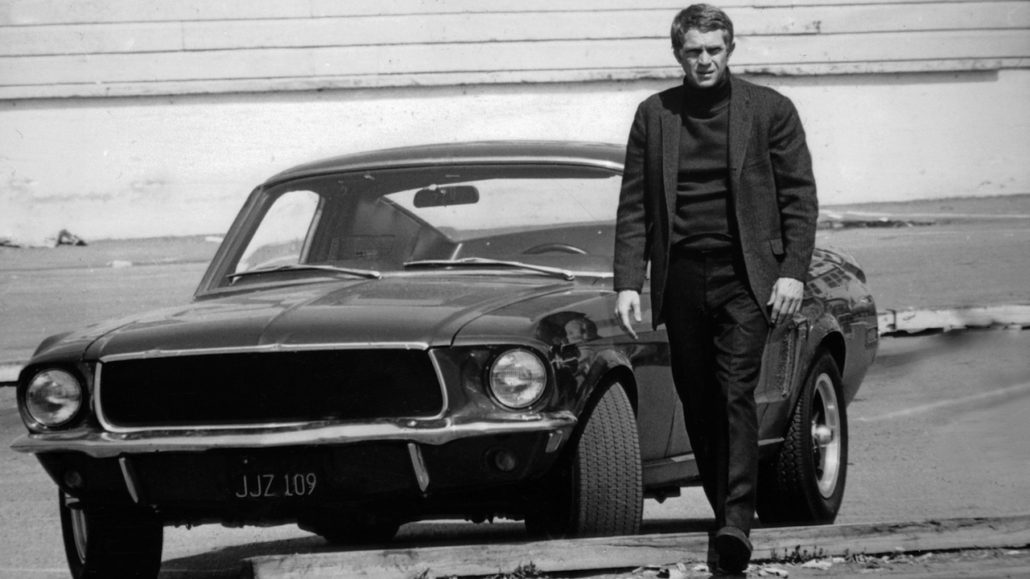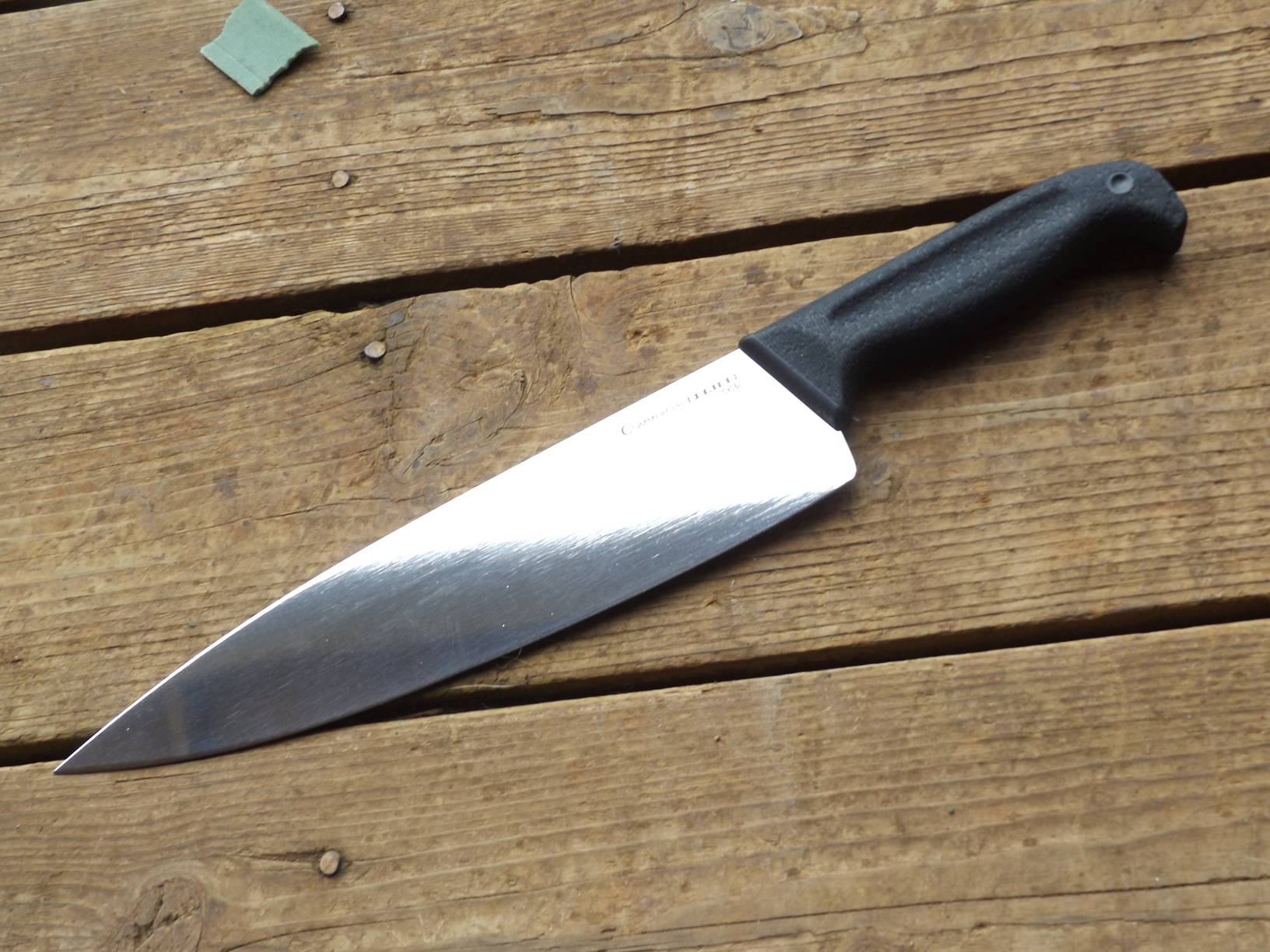When we go grid-down will it really be safe around them, certain preparedness groups?
The following is presented as a narrative of a close-knit, experienced, preparedness leadership group that is making reports and decisions concerning grid-down medical type services during a monthly leadership meeting. From it, we can learn.
An Alice In Wonderland Group Leadership Meeting
Here we go, following Alice down the rabbits hole. Wait you say, “What is the rabbit’s hole?”. We were talkin “bout that just last week. Ole Jim Bob asked that same thang, and his good ole buddy, Bubba Peabody, smiled and said to Jim Bob, “Mama says that’s where sissy Darla goes when her new pills are working really good fer her. Like it were yesterday mornin’ when she was feeding mama’s chickens and singing a new song about silver shiny wings and flying off to Nashville town.”
“Okay, stop laughing. We’re not rednecks, and this is a serious topic. We need answers before we go grid-down.” “Jim, you’re our resident state guard army medic. What can we do to prepare for a shut down medicinal pipeline, without going to jail for stocking up on everyday special drugs?”
Not Much We Can Do?
“Well, actually there’s not very much, legally. We can’t go to different doctors and lie to get a prescription for medicine we don’t really need right now. And the insurance people will just start to decline payment for the office visits. We would all go broke with huge new medical bills. It’s not a good idea.” And remember this fact. Stored meds are no good after the expiration date anyway. Some of them need constant refrigeration to stay safe to use.”
Bill joins into the conversation and says, “My sister’s husband needs seven pills every day to calm down his bi-polar problem. With his meds, he’s a great guy. And without the pills, he goes nutty with weird ideas of getting rich from really dumb ideas. He’s okay now; his meds are fine. Sis nearly had to take the kids and leave him a couple of years ago while they were trying new meds. We all suffered through that mess. That’s a problem I want to avoid entirely. There is no real solution to his future problem anyway. Let’s wait and see what we are going to have to deal with when it actually goes bad.”
Above “Meeting” Demo “Facts” Are Wrong!
Okay, the demo of the near future grid-down non-availability of special meds was fun, and thanks to the advance planned setups, nearly every statement of supposed fact above was actually 100% wrong!
Meeting Start Over Based On Numbers and Facts
Let’s start over and run the group strictly by the numbers, just like we do every major group decision. “Marla, were you able to get first line info on the real parameters of medicinal expiration dates?”
Medication Expiration Dates
“Yes, I was, Bob. To make it easy for all of us to deal with the real deal on meds dead date, I have made copies for each of us, and I will read that report for us. Here we go.”
“First, the meds dead date has absolutely nothing to do with the meds going bad or becoming dangerous. There’s nothing there to worry about, not a single thing. The date is never about medical quality or safety.”
“Second, the date is strictly a legal performance liability protection device for the manufacturer. The date is the last date on which the manufacturer has to guarantee that the meds will perform exactly as shown on the container and/or written in the tiny fine print form in the container with the meds.”
“Third, please note the absence of specific directions that the expired meds must be disposed of after the date. No, it may say “should”, but it never says ‘must’.”
“Fourth, we suspect that there is always a money reason to dump dated drugs and then buy more of the same item. It creates a constant positive cash flow for the manufacturers.”
“Fifth, some doctors and pharmacists are paid cash bonuses by some drug companies for prescribing certain drugs.”
“Sixth, many drugs are packaged for either 30-day or 90-day periods, and some drugs are sold in bottles of 100 for a 90-day period. That adds up to 35 extra pills per year.”
Research Results Adopted By Group
“Okay, Marla, that was an excellent research effort. Marla, what was your data source?”
“Bob, you know I love my Apple, and the Google link always treats me very nicely.”
“Jim, as our medic, how do you see this new information? Well, from a medic viewpoint, it’s new to me, but I can see straight thinking in every word of Marla’s report. I can look into it, but I’m sure she is right. Let’s not waste time to gain nothing for the time and effort. I propose that we vote now to change our guidelines for grid-down group meds storage.”
“Very well. If anyone is against the change in our guidelines, please show your disapproval by your raised hand.”
“Okay, we are unanimous in approving the change. Thank you all.”
Pill Purchasing
Moving on to the next item on today’s “Everything Medical” agenda, let’s hear from Larry about online pill purchasing by individuals and by the group.
Larry says, “It’s easy, it’s less expensive most of the time, it’s legal, and it’s simple. However, you really need to use a credit card. Also, you usually need a prescription from your doctor. Most sellers do Paypal, so there is no real danger of being ripped off. And, of course, we already do it in my family. I like it. Let’s vote.”
And Bob, being Mr. Nice Guy, says, “Okay but first, are there any questions? None? Does anyone have anything to add?”
Young Bob speaks up saying, “Come’on, Dad. We all know you have been getting extra meds for years though that outfit in India you like so much. Let’s vote.”
“Any objections to this change? None, so we change again.
Then, friend Larry says, “I want to know how to save money like you do. Let’s talk after the meeting.”
Bob answers, “Sure thing, later today, and we can put it on the agenda for next month’s leadership meeting. I’ll bring some fact sheets and copies of the medicine bills I didn’t mind paying last week.”
Looking at sorta favorite son, Bobby, Bob says “You get to do the presentation. You can ask your sweet Alice to read the big words for you.”
Medicinal Refrigeration
“The agenda says we are doing medicinal refrigeration next. Harry, you’er up. Are you ready?”
Harry responds, “Sure thing, Boss. I’m your steady ready. I did some research and found that we are using the wrong words about my topic. We say that some meds need constant refrigeration, and that is not really correct. It just sounds everyday normal. The pure fact is that some meds need to not be allowed to get too warm, which is not the same thing. Getting some cold is more difficult and more expensive than stopping warm. We have a few easier ways to stop the warm.”
Options To Stop Meds From Getting Warm
“Our first option is an underground cold fruit cellar that stays at about 55 to 65 degrees day and night. That is good enough for most every med we know of. It does take security, labor, location, and materials into consideration. There are free plans available from the county library and on the Internet. It’s likely to not be a problem, if we keep that whole concept very private, very very quietly private.”
“Second, we could build a small number of ‘zeer pots’, such as we talked about a few years ago. Each one would cost about $60 for materials and would need daily wet down maintenance, plus a place for storage. I feel that one would be ideal for just one family but for a group it would become a logistics nightmare. I suggest a ‘no’ vote and a ‘no go’ on this route.”
Bob says, “Okay to the ‘no’ vote. We can make the plans available to families as they ask for them. There is a good info piece on the zeer pots in Rawles blog back in December 19, 2013.”
A Third Option For “Not Warm” Med Storage
Harry continues, “Okay, we’er on my option #3. We can use a 12 x 6 ft or larger section of a barn or a shed and do 12-inch insulation on the walls and ceiling and open the floor to the dirt below. Then we can put free salvage refrigerators into the new storage room. We would need a double door entry system to keep the outside higher temperatures outside. We could dig a 4 x 4 with a 6 or 8 foot deep hole in the floor and fill it full of small rocks and pea gravel. The pit bottom would stay at about 60 degrees, and the storage area would be very ‘not warm’. (I like my new wordage– ‘not warm’.) And finally, I suggest that this type of system would provide the storage and usage capacity the group would need, but maintenance and management would be ongoing. I suggest that a ‘yes-no’ decision should be made by our full group of members and not just by our leadership group.”
Bob says, “Let’s put the decision by the total group for a decision now. Any opposed, show the raised hand. No no’s . The total group will vote as a whole. Harry, will you take responsibility for getting good data to the membership? We will vote next month at the general meeting. Again, we are all for it, and even a single ‘no’ vote dumps it. Thanks, Harry, for good work. Well done, again.
Emergency Training For Teens and Old Guys
“Next on the medical agenda is general training for teens, and for you old guys it’s emergency wound care and emergency breathing methods. Jim, you’re on again. Don’t you just love being our only medic?”
“Okay. Yes, I do love it. You all know that about me. But I don’t love the basic concept of group training in these two areas. They are both very important and necessary. But training a large group is seldom a good idea. Trainers lose track of trainees’ levels of knowledge, and the training by its very nature that benefits most is one-on-one hands-on show and tell. Personally, I can deal with three students at one time but no more than three, and the three would need to really want to learn. That’s a big part of learning emergency medic work. I would have to vote ‘no’ to the idea, as it was presented.”
Bob, coming to the rescue says, “Jim, Marla, and Steve, would you three work together and create a better plan for this emergency medic training during the next 60 days and make a presentation at the second leadership session from today.”
“Sally, were you able to get all of our votes and comments down for the group records today?”
“Finally, do we have any personal situations to discuss? Do we have anyone in the group who could handle more responsibilities? Fine. We are done today and on time, too. Well done, everyone. Would someone volunteer to say a ‘thank you’ closing prayer?”
SurvivalBlog Writing Contest
This has been another entry for Round 73 of the SurvivalBlog non-fiction writing contest. The nearly $11,000 worth of prizes for this round include:
First Prize:
- A $3000 gift certificate towards a Sol-Ark Solar Generator from Veteran owned Portable Solar LLC. The only EMP Hardened Solar Generator System available to the public.
- A Gunsite Academy Three Day Course Certificate. This can be used for any one, two, or three day course (a $1,095 value),
- A course certificate from onPoint Tactical for the prize winner’s choice of three-day civilian courses, excluding those restricted for military or government teams. Three day onPoint courses normally cost $795,
- DRD Tactical is providing a 5.56 NATO QD Billet upper. These have hammer forged, chrome-lined barrels and a hard case, to go with your own AR lower. It will allow any standard AR-type rifle to have a quick change barrel. This can be assembled in less than one minute without the use of any tools. It also provides a compact carry capability in a hard case or in 3-day pack (an $1,100 value),
- Two cases of Mountain House freeze-dried assorted entrees in #10 cans, courtesy of Ready Made Resources (a $350 value),
- A $250 gift certificate good for any product from Sunflower Ammo,
- Two cases of Meals, Ready to Eat (MREs), courtesy of CampingSurvival.com (a $180 value), and
- American Gunsmithing Institute (AGI) is providing a $300 certificate good towards any of their DVD training courses.
Second Prize:
- A Model 175 Series Solar Generator provided by Quantum Harvest LLC (a $439 value),
- A Glock form factor SIRT laser training pistol and a SIRT AR-15/M4 Laser Training Bolt, courtesy of Next Level Training, which have a combined retail value of $589,
- A gift certificate for any two or three-day class from Max Velocity Tactical (a $600 value),
- A transferable certificate for a two-day Ultimate Bug Out Course from Florida Firearms Training (a $400 value),
- A Trekker IV™ Four-Person Emergency Kit from Emergency Essentials (a $250 value),
- A $200 gift certificate good towards any books published by PrepperPress.com,
- A pre-selected assortment of military surplus gear from CJL Enterprize (a $300 value), and
- RepackBox is providing a $300 gift certificate to their site.
Third Prize:
- A Royal Berkey water filter, courtesy of Directive 21 (a $275 value),
- A large handmade clothes drying rack, a washboard, and a Homesteading for Beginners DVD, all courtesy of The Homestead Store, with a combined value of $206,
- Expanded sets of both washable feminine pads and liners, donated by Naturally Cozy (a $185 retail value),
- Two Super Survival Pack seed collections, a $150 value, courtesy of Seed for Security, LLC,
- Mayflower Trading is donating a $200 gift certificate for homesteading appliances, and
- Two 1,000-foot spools of full mil-spec U.S.-made 750 paracord (in-stock colors only) from www.TOUGHGRID.com (a $240 value).
Round 73 ends on November 30th, so get busy writing and e-mail us your entry. Remember that there is a 1,500-word minimum, and that articles on practical “how to” skills for survival have an advantage in the judging.















